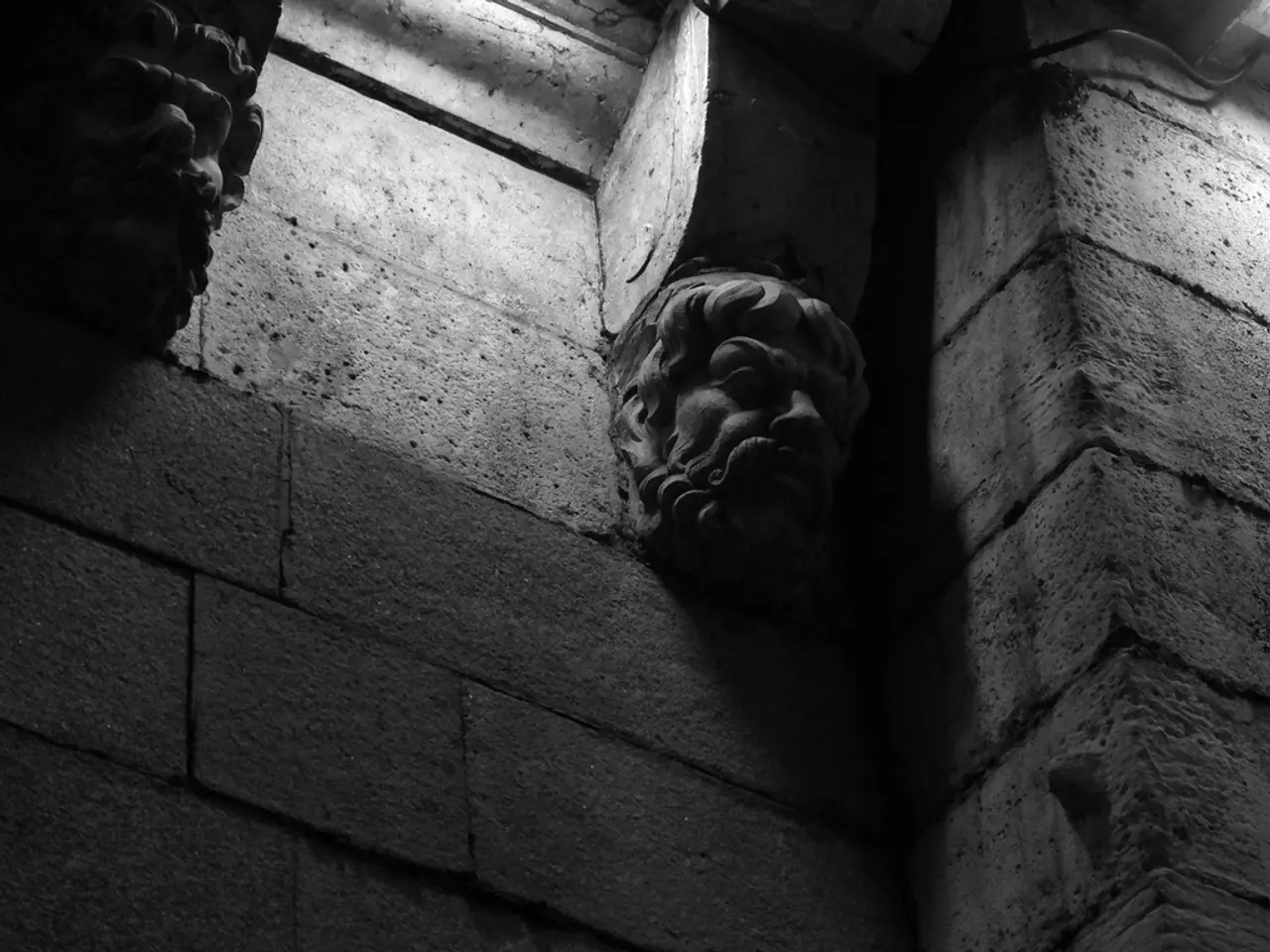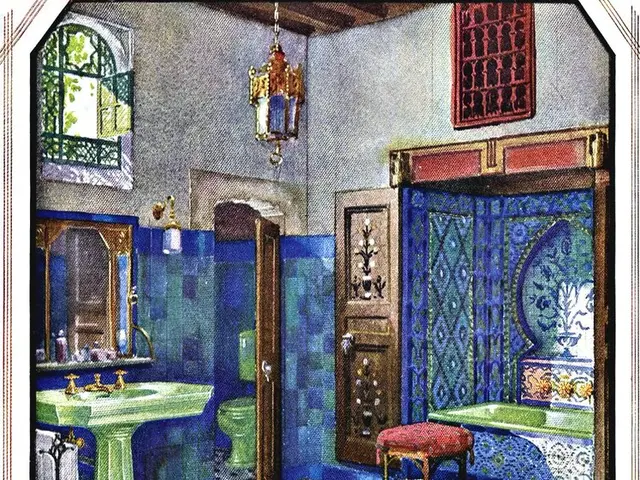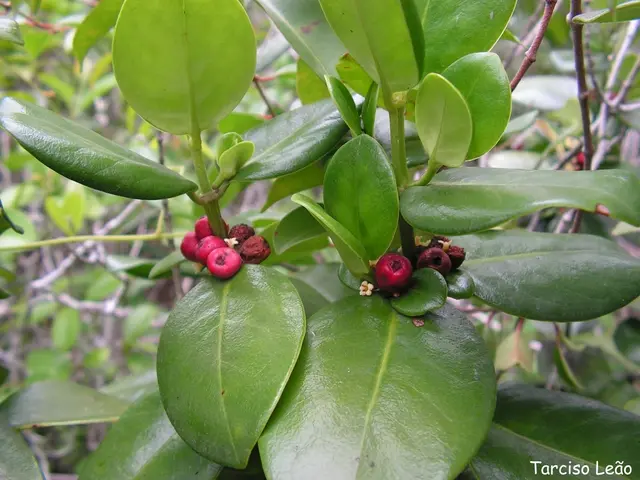Essential Plastering Methods and Types for Your Home Renovation Completion
In the world of home renovation and decor, selecting the perfect plaster for your interior walls can significantly impact the aesthetic and practical aspects of your living space. Here's a breakdown of various types of plasters, their advantages, and potential drawbacks to help you make an informed decision.
Gypsum Plaster
Gypsum plaster, also known as Plaster of Paris, is a popular choice for modern interiors due to its quick-setting nature and smooth, elegant finish. It's lightweight, fire-resistant, and offers good thermal and acoustic insulation, making it ideal for contemporary walls and ceilings. However, gypsum plaster may not be as durable or moisture-resistant compared to cement, so it's best avoided in high-moisture areas.
Cement and Sand Plaster
Cement and sand plaster is a robust and durable option, perfect for wet areas like bathrooms and kitchens. It's moisture-resistant, long-lasting, and requires minimal maintenance. However, cement plaster is heavier and harder to apply smoothly compared to gypsum, and it has a longer drying time, increasing the risk of cracking if not applied correctly.
Traditional Lime Plaster
Traditional lime plaster is a more eco-friendly and breathable alternative, less prone to cracking, and offers excellent moisture regulation. It's a great choice for sustainable or historic building styles, but it requires more expertise and time to apply, and it's less common and harder to source.
Clay Plaster
Clay plaster is a 100% natural and eco-friendly option, known for its excellent moisture regulation, preventing mold, and its soft, warm texture. It's easily repaired and currently trending for use in both old and new properties. However, clay plaster is not as durable or hard as cement and can soften if exposed to water, making it less suitable for areas that will regularly be exposed to water, such as showers or behind sinks.
Venetian, Tadelakt, and Marmorino Plasters
Venetian, Tadelakt, and Marmorino plasters are decorative lime-based or limestone plasters offering beautiful finishes with increased cost and specialist application needs. They provide unique, natural stone-like or marble appearances, but they require more time and skill to apply.
Stucco Plaster
Stucco plastering, also known as render in the UK, is a decorative coating commonly used on walls to create a unique and attractive finish. It's flexible, durable, fire-resistant, and mold and rot resistant. However, it has a rougher texture that may not suit delicate interior design, and it may develop dark spots over time due to its porous nature.
Multi-Finish Plaster
Multi-finish plaster is a versatile option that can produce various textures and finishes for aesthetic purposes. It's adaptable, but depending on the mix, it can be less durable or prone to cracking, sometimes requiring multiple coats or specialists for best results.
When choosing the right plaster, consider factors such as the wall substrate, moisture exposure, aesthetic preference, budget, and availability of skilled applicators. For example, gypsum suits fast interior finishing, cement excels in wet/durable areas, lime-based plasters provide breathable, natural finishes, and decorative plasters like Venetian or Tadelakt offer premium finishes with higher costs and specialist needs.
Remember, the task of plastering walls is often best left to professionals to ensure a smooth, long-lasting finish. With the right choice of plaster, you can transform your interior walls into a work of art that complements your home's style and functionality.
Additional Notes:
- Gypsum plaster is commonly used for smooth interior walls and false ceilings due to ease and speed of application but is best avoided in moisture-prone areas.
- Cement plaster is preferred for areas exposed to moisture or rough surfaces needing durability; however, it is heavier and harder to smooth.
- Traditional lime and clay plasters are eco-friendly options valued for breathability and moisture regulation, suited for sustainable or historic building styles but require more expertise and time.
- Venetian, Tadelakt, and Marmorino are decorative lime-based or limestone plasters offering beautiful finishes with increased cost and specialist application needs.
- Stucco (commonly a cement-lime-sand mix) is more durable than plaster generally but less versatile for detailed interior designs; often used externally but sometimes inside for textured effects.
- Multi-finish plasters vary widely but generally prioritize customizable textures—often requiring multiple coats and skill for best results.
- In the realm of home renovation and decor, the selection of the perfect plaster for your interior walls can greatly influence the aesthetic and practical aspects of your living space.
- Gypsum plaster, or Plaster of Paris, is a popular choice due to its quick-setting nature and smooth, elegant finish, making it ideal for contemporary walls and ceilings.
- Cement and sand plaster is a sturdy and durable option, perfect for wet areas like bathrooms and kitchens, due to its moisture-resistant properties.
- Traditional lime plaster is a breathable and eco-friendly alternative, less prone to cracking, and offers excellent moisture regulation, ideal for sustainable or historic building styles.
- Clay plaster is a natural and eco-friendly option, known for its excellent moisture regulation and soft, warm texture, suitable for both old and new properties.
- Venetian, Tadelakt, and Marmorino plasters are decorative lime-based or limestone plasters offering unique, natural stone-like or marble appearances, requiring more time and skill for application.
- Stucco plaster, also known as render, is a decorative coating used for creating unique and attractive finishes, but it has a rougher texture that may not suit delicate interior designs.






